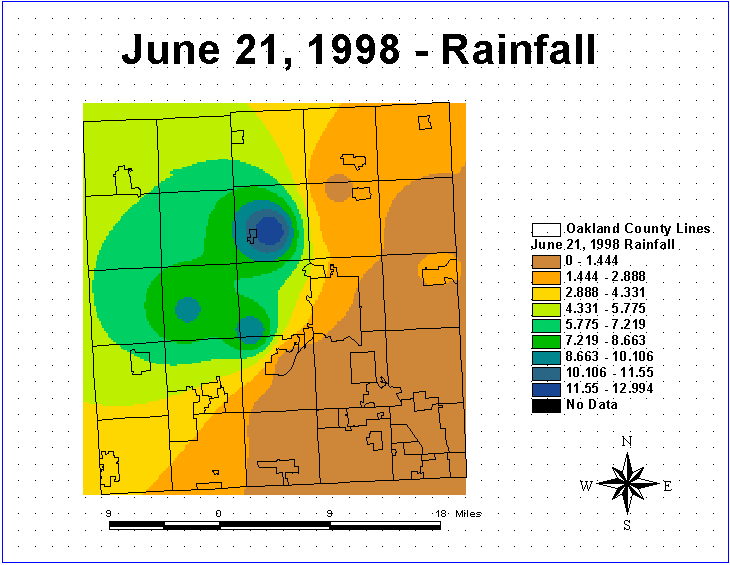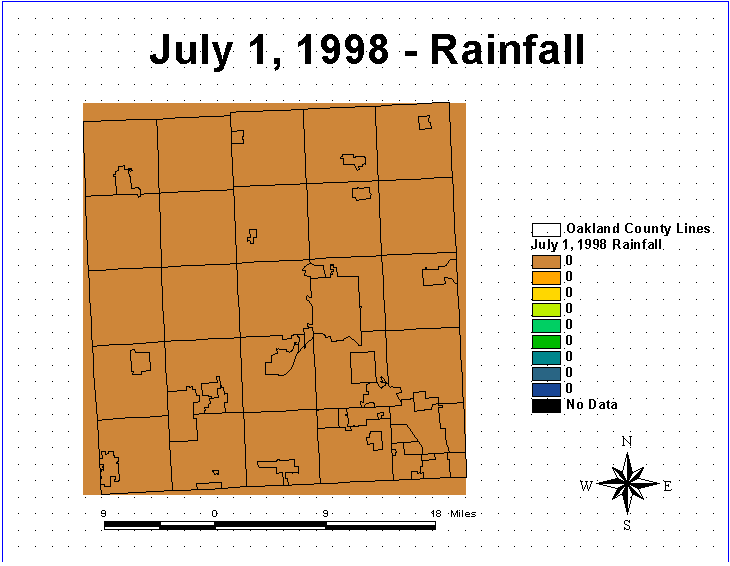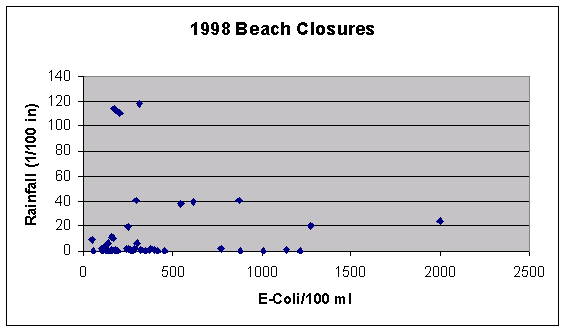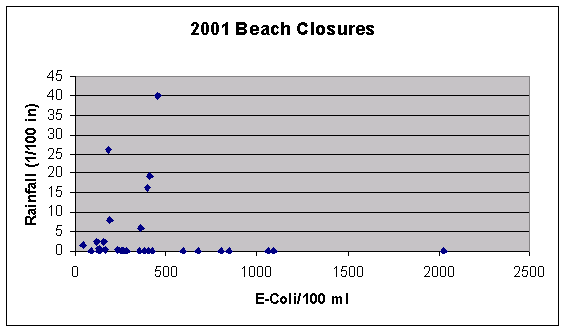EPA's Beach Watch
The beach closure problem became a large enough concern that
the Environmental Protection Agency initiated the BEACH Program (Beaches
Environmental Assessment, Closure, and Health) in 1997 with the goals of
improving U.S. recreational waters and reducing the risk of disease to
those who frequent the beaches. Among the official goals of this Beach
Watch Program were: strengthening standards, improving beach programs
at local governments, increasing communication with the public, and providing
funding for research to improve detection methods to protect public health.
The BEACH Program led to the passage of the BEACH Act (Beaches Environmental
Assessment and Coastal Health Act) on October 10, 2000 ("Beach Act" 2).
This Act amended the Clean Water Act and contains three "significant" provisions
including:
-
requiring states with coastal waters to implement standards
(new or revised) for pathogens and their indicators by April 10, 2004,
-
requiring the EPA to conduct studies and publish new water
quality guidance for pathogens effecting human health by 2005, and
-
allowing the EPA to award grants to states in order for them
to implement beach and risk communication programs regarding recreational
water quality (2).
Causes of Beach Closures
Causes of beach closures are numerous. They include,
but are not limited to, the following:
-
Rainfall: sewer overflows, storm water runoff, septic systems
-
Boating wastes
-
Location: land-use, sewers
-
Number of users
-
Animal wastes
|
Oakland County's
Procedures
Oakland County samples approximately 60 of their 286 beaches yearly;
others are on a five-year rotation schedule. Beaches sampled each
year include government owned properties, camps, and commercial beaches
(or “pay to enter”) properties. In addition, any beach that has a
history of high bacterial levels, is also sampled each year. Three
100ml samples of beach water, at waist level, are taken at each assigned
beach each week. The samples are then analyzed for the presence of
E-coli. Initially, if any one of the samples is greater than 300
E-Coli per 100ml the beach must be closed. After one month of sampling,
a rolling geometric mean is calculated and the limit is 130 E-Coli per
100ml. The testing method is done on-site in the County’s laboratory
and results are obtained after 18 hours. Last summer I had the privilege
of interning with the County and worked on the beach program as one of
several other responsibilities. The interns were responsible for
sampling their assigned beaches for the amount of E-coli per 100ml at least
once per week and determining whether or not the beach should remain open
from the results of the tests. I had noticed throughout the summer
that almost every time it rained it seemed as if many beaches would
close the next day.
Rainfall, indeed, has been shown to be a beach closure predictor for
some beaches although its importance in terms of a determinant have been
debated. In a study done in the UK, researchers claim that rainfall
is only a minimal component stating that sunshine, wind, and catchment
sources were much stronger predictors (Crowther et al. 4029). Other
studies, however, claim that rainfall is a major component. Studies
done in Australia indicated a “linear relationship between visual indicators
and bacterial density . . . and rainfall alone as a predictor is equivalent
to or better than visual assessment” (Armstrong et al. 249). Many
beaches in Australia use rainfall determined from gauge stations throughout
the country to prepare daily beach reports/closures (249). |

































































